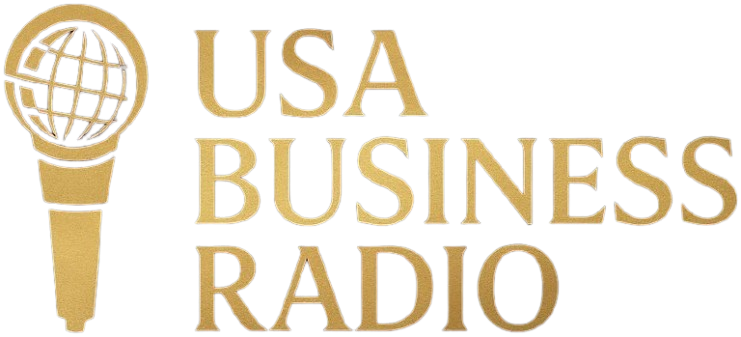Today, The New York Times posted an article entitled “The Rise of the Summer Sequel.” In fact, it was more than an article but also a powerful visual showing the trends in summer movies over the decades and the explosion of sequels since the 2000s. The article is must viewing just for its use of the images to convey its point. It is a powerful assessment of the state of film today.
It sets the stage by noting that “This summer, at least 14 major-studio sequels will hit theaters, and many of them will likely rule the box office — continuing a decades-long shift in Hollywood toward the film franchise.” It goes on to show the top ten movies each year from 1982 to 1989. You might remember several of them, “Rambo,” “Dirty Dancing,” “Pale Rider,” and the many others that dominated the decade.
Must Viewing: See the Image that Explains the Rise of the Sequel
Of those movies, only 25% led to sequels. Some of the more memorable ones were “Rocky III,” “The Return of the Jedi,” and “Indiana Jones and the Temple of Dome.”
Instead of the number of sequels growing in the 90s, there was actually a significant drop. Only 16 of the top 100 summer movies of the 1990s were sequels. However, the article notes “one of them grossed more on its opening weekend than any other summertime hit of the decade, after adjusting for inflation: ‘The Lost World,’ the follow-up to ‘Jurassic Park.’”
RELATED:
A paradigm shift began as far as sequels in the 2000s. Not only was there significantly more than the 1990s (more than doubling), it even surpassed the robust 1980s. According to the article they “made up 35 of the top 100 summer movies. And they accounted for the three biggest openings of the decade: ‘Pirates of the Caribbean: Dead Man’s Chest,’ ‘Spider-Man 3’ and ‘The Dark Knight.'”
But as the saying goes, “you ain’t seen nothing yet.” There has been an explosion of sequels since 2010. In fact, it is almost routine. Once a new movie is made, unless it is particularly terrible, you can expect a sequel. As the article points out, “so far in the 2010s, sequels have made up more than half of the top summer blockbusters. In 2018, seven of the top 10 summer movies were sequels, and two of the three that were not (‘The Meg’ and ‘Crazy Rich Asians’) now have follow-ups planned.” As mentioned earlier, one has to check out the link to visually appreciate the change in the type of movies produced and the rise of the sequel. The Times article sums up the situation nicely, “The summers of the 2010s have been dominated by more sequels than any previous decade.”
But there appears no need to fear about the movies of the past that did not get a sequel. According to the Times, “Counting movies that have led to sequels, or plans for sequels, more than half of the top summer movies of the last 37 years are now franchise films — movies that are part of a series.” It reminds one of the old saying, “everything old is new again!” Or is it, “there is nothing new under the sun”?
RELATED:
In the midst of all the fanfare about sequels celebrating movies of the past, there is a sober statement about creativity in the analysis by the Times. It notes that with the rise of the sequel, the box office in the United States has seen a significant drop in original films. “Among the top 90 summer movies of the 2010s so far, 63 percent of the money made in opening weekends went to sequels.”
The Times piece ends with the following assessment: “The 14 sequels coming this summer make up less than a third of the 46 major-studio films being released. But at least six of those sequels — including the latest in the ‘Spider-Man’ and ‘Toy Story’ series — are expected to make it into the top 10 movies of the summer, setting up the summer sequel trend to continue well into the 2020s.”
It seems, when it comes to entertainment, creativity has taken a significant hit for decades. Not only are 2 out of 3 movies being made are now sequels, “reboots” seem to be the rule rather than the exception on television as well. The Fashion Industry Broadcast calls this era “The age of the reboot.” It notes “In 2016, classic television shows ‘The X-Files,” “Gilmore Girls,” and “Fuller House” have all made returns, with “Twin Peaks” and “Prison Break” following behind. In the age of endless television reboots, how do we keep getting sucked in?”
Part of the culprit in all of this indulgence of recycled entertainment may very well be the insatiable desire people seem to have for video entertainment. Instead of making us better consumers of entertainment, the mass production of films and TV shows by Netflix, Hulu, Amazon Prime, and others may be lowering our standards as far as our assessment of what is quality entertainment.




